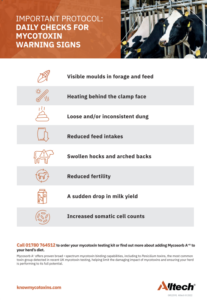Keep ahead of the threat
Stay up to date with the latest mycotoxin information by signing up to our newsletter
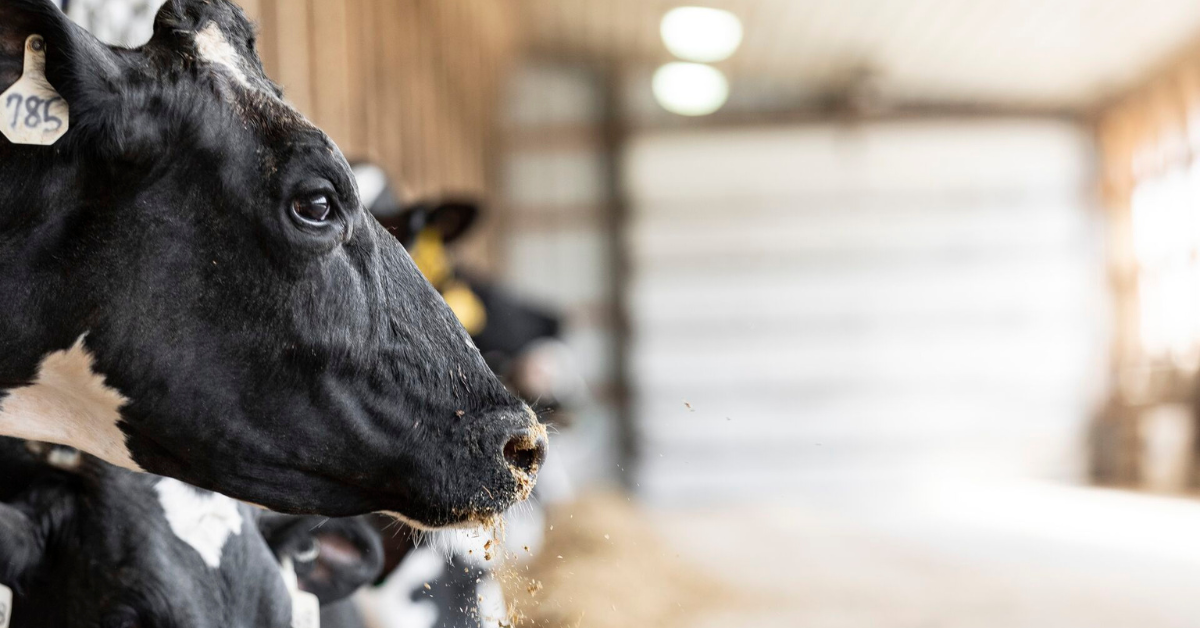
The mycotoxin threat to ruminants
In comparison to monogastrics, ruminant animals are generally considered to be less susceptible to the negative impacts of mycotoxins. This is based on the assumption that rumen flora degrade and inactivate in-feed mycotoxins. However, a number of mycotoxins resist rumen breakdown and ruminants often have to deal with a myriad of different challenges due to the complex nature of their diets. Transition cows are particularly sensitive to moulds, fungal spores and mycotoxins.
How do mycotoxins affect ruminants
Mycotoxins can be the primary agent causing acute health or production problems in a dairy herd but are more likely to be a contributing factor to chronic problems, including a higher incidence of disease, poor reproductive performance or suboptimal milk production. Mycotoxins mainly exert their effects through the following mechanisms:
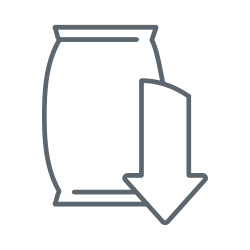
Feed intake reduction or feed refusal
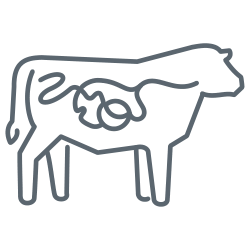
Reduced nutrient absorption and impaired metabilism
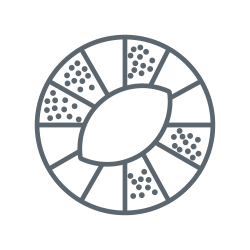
Compromised fertility
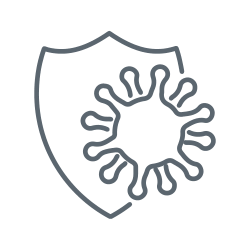
Suppression of the immune system
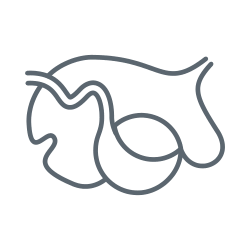
Adverse effects on rumen function
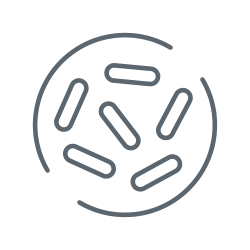
Altered microbial growth
Mycotoxins in ruminant feeds can be a significant health and performance issue. A healthy rumen has an ability to protect cattle against low levels of mycotoxins, but not all. Often these hidden thieves are likely to be responsible for numerous undiagnosed health issues.
The complex challenge of ruminant diets
Ruminant diets typically contain both concentrates and forages. This increases the risk of exposure to multiple mycotoxins. Forages (grazed and conserved), fermented feeds and by-products all represent a significant risk to cattle depending on soil contamination, forage harvesting date, silage management, purchased feed origins and on-farm feed storage conditions.
How much can mycotoxins cost dairy producers?
Data based on average REQ for global TMR for dairy cows for Q1/Q2. REQ average for dairy cows = 264.
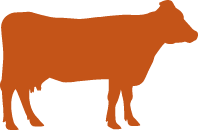
46.6% increase in somatic cell count (+244×1000/mL)

0.62kg decrease in milk production per cow/day

$0.24 decrease in milk profit per cow/day (from milk production change alone).
Mycotoxin sources - forages
Mycotoxins in forages (grass, hays, silages) present the greatest threat to cattle. Even fresh grass for grazing can be contaminated with several mycotoxins. These typically include fungal endophytes that produce mycotoxins, which protect the plant in some way, such as ergovaline and lolitrem B, as well as Fusarium mycotoxins, such as zearalenone or deoxynivalenol (DON).
Cattle are typically fed conserved forages (as silage) during the winter. Ensiled forages are more likely than dry forages (e.g. hay) to harbour moulds and associated mycotoxins – especially when fermentations and anaerobic conditions are not strictly controlled. Feeding any silage showing signs of mould growth should be avoided.
| Fungus | Mould colour | Associated toxin(s) |
|---|---|---|
| Penicillium | Green-blue | Ochratoxin, citrinin, patulin |
| Aspergillus | Yellow-green | Aflatoxin, ochratoxin Aflatoxin B1 |
| Fusarium | Pink-white | Zeralenone, DON, T-2, Fumonisin Deoxynivalenol T2 |







